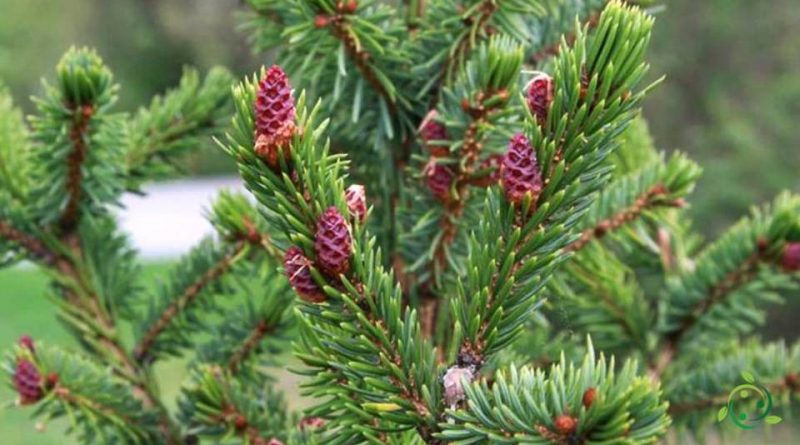How Serbian spruce is grown
How Serbian spruce is grown
The Serbian spruce (Picea omorika (Panč.) Purk, 1877) is a plant of the Pinaceae family, native to 4 locations distributed in Serbia and Bosnia and Herzegovina.
This plant is found in its natural state in a very small area of Mount Tara (Serbia).
In Italy it is found in the fossil state in the “varve” of Pianico-Sellere (in the Province of Bergamo).
In Europe it is quite cultivated in parks and gardens (central and northern Europe), while it is quite rare in Italy.
The reproductive structures are: yellowish male cones (2.5 cm long), at the axilla of the needles; female cones first purple-violet and erect, then reddish-brown and pendulous, up to 6 cm long, elongated and pointed.
Cultivation –
The Serbian spruce is a tree that propagates by seed to be taken immediately after harvesting, in the autumn period.
Sowing must be carried out at room temperature in a slightly shaded place, in order to provide a sort of natural stratification to the seed.
During the germination period the seedbed must always be kept moist. As soon as the seedlings are manageable, they must be repotted, allowing the seedlings to overwinter in the greenhouse at least for the first winter season.
Subsequently, you can wait a year or more before proceeding with the planting in order to strengthen the plant; the implant must be carried out at the beginning of the summer.
It is also possible to carry out vegetative propagation with semi-woody cuttings of 5-8 cm to be planted in a totally shaded place and kept humid in August; rooting will be slow and will complete in the following spring.
You can also start from woody cuttings to be planted in the period of September-October and in this case the young seedlings will germinate about 12 months later.
Uses –
Picea omorika, in the past, was used for the production of carpentry timber or barrels; today its exploitation is limited by restrictions for its conservation.
In Europe it is used as an ornamental species.
This plant is a species protected by the Serbian authorities and therefore of no commercial importance; currently there is a semi-illegal trade in seeds used for forestry plants or for cultivation for ornamental purposes.

